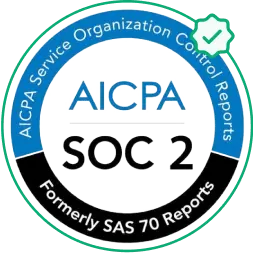What are Large Language Models (LLM)?
A Large Language Model (LLM) refers to an advanced type of artificial intelligence model that has been trained on massive amounts of text data to generate human-like text responses. LLMs are designed to understand context, generate coherent and contextually relevant text, and exhibit a level of language understanding and fluency.The training process for LLMs involves exposing the model to vast quantities of text from various sources such as books, articles, websites, and other textual data. The model learns from this data by identifying patterns, relationships, and linguistic structures. It acquires knowledge about grammar, syntax, semantics, and even cultural references, enabling it to generate text that resembles human language.Related terms
Not to be confused with:
Back to glossary











